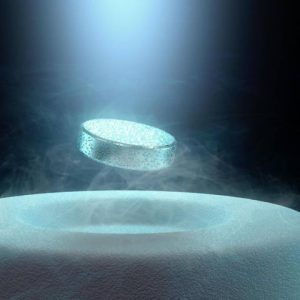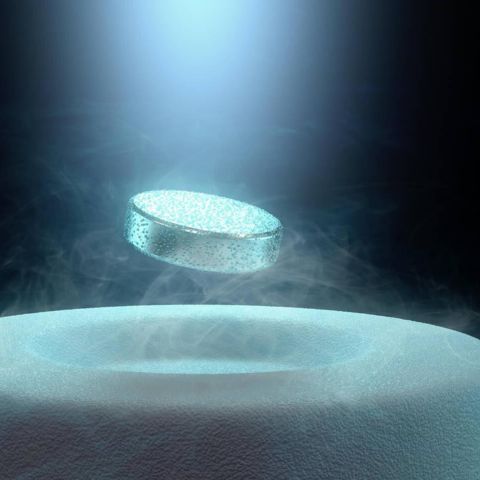Introduction
Room-Temperature Superconductor Claim Sparks Excitement and Skepticism.Room temperature Superconductor have long been sought after in the field of materials research. Global power output currently stands at an amazing 30,000 Terawatt hours. However, energy losses due to resistive Joule heating are unavoidable when this energy is transmitted and distributed over standard aluminum and copper wires.
The Dream of Superconducting Cables
Consider the possibility of discovering and producing superconducting materials in the form of cables capable of transmitting electrical current without resistive energy losses under ambient circumstances. Since Heike Kamerlingh Onnes found resistance-free electrical conductivity in mercury at liquid helium temperatures over a century ago, this goal has tantalized physicists.
The Nobel Prize-Winning Superconductivity
The discovery of Superconductor in mercury by Heike Kamerlingh Onnes earned him the Nobel Prize in Physics. The phenomenon’s usefulness, however, has remained restricted to extremely low temperatures. Mercury exhibits superconductivity when chilled to liquid helium temperatures, but it reverts to its typical resistive conducting condition at this freezing point.
The Prediction of Room Temperature Superconductivity
William Little predicted superconductivity in a material at ambient temperature in 1964. This forecast triggered a century-long search to make it a reality. Recently, a key milestone in metal super hydride materials was reached, typified by yttrium decahydride, YH10. Despite this improvement, the requirement for extremely high external pressures to see superconductivity at ambient temperature remains a barrier.
The Promise of Internal Stress
To overcome the challenges posed by high external pressures, a groundbreaking approach would be to discover a material that exhibits ‘internal stress’ manifested as extreme pressure within the material due to a strain-induced structural change. A team of South Korean scientists, led by physicist Seok-bae Lee, sent shockwaves through the scientific community by announcing the discovery of the first room temperature Superconductor. The study paper, on the other hand, was met with both acclaim and suspicion, causing the scientific community to seek independent verification of its conclusions.
Understanding Superconductivity
Superconductivity operates on the principle of zero resistance, allowing electrons to flow without generating any heat. When a substance is cooled below its critical temperature, electrons can move freely, analogous to a person crossing a nearly empty room. In warmer temperatures, electrons in the material collide and repel each other, akin to people trying to navigate a crowded dance floor. This resistance leads to power or energy loss.
Materials Chemistry at Play
Because of its closed shell Pb2+(6s2) electronic structure, the Pb10(PO4)6O phase works as an electrical insulator in materials science. Electrical current transit is impossible without vacant electronic states for electrical charges to flow under an external potential, hence the material is an insulator. However, by substituting open shell Cu2+(3d9) for some Pb2+(6s2), the resultant electronic configuration of Pb10-xCux(PO4)6O provides empty electronic states that promote charge flow, changing the material into an electrical conductor.
Implications and Potential Ramifications
If this breakthrough withstands scientific replication, addresses concerns about measurements, and demonstrates consistency with key additional diagnostics to meet all benchmarks of superconductivity, the copper-doped lead apatite material could potentially be manufactured in the form of room temperature ambient pressure superconducting wires. Such an achievement would have profound energy-saving ramifications for humanity, as it could help combat the existential threat of climate change and global warming stemming from the continued use of fossil resources.
Conclusion
The pursuit of Room-Temperature Superconductor Claim Sparks Excitement and Skepticism has been a challenging but promising journey in the field of materials science. The recent discovery of the first room temperature Superconductor marks a milestone in this quest. While additional testing and verification are needed, the potential advantages of this innovation might transform different sectors and pave the way for a more sustainable energy future.





















